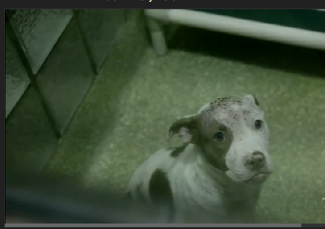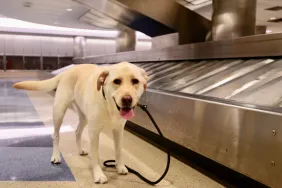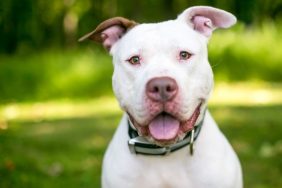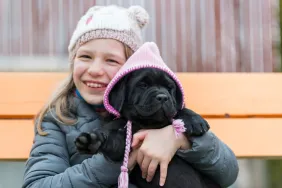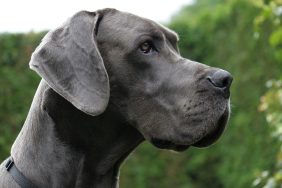David Sharpe wanted a Pit Bull. He’d come back from the war angry, violent, and out of control so he decided to get himself a fighter. A dog he could relate to. Sure enough, he found a tough-looking bundle of muscle, with clipped ears and built like a tank, and he brought her home. But Cheyenne turned out to be a teacher and a healer. Not a fighter.
Post Traumatic Stress Disorder (PTSD) — a condition shared by Sharpe and millions of other U.S. vets — can be every bit as debilitating as a physical injury, and treatment can be just as elusive. But university researchers and even the Walter Reed Medical Center have begun seriously studying — and noting — the remarkable success of dogs as therapy.
Like many of us, Sharpe didn’t need an official report to confirm for him that dogs heal wounds. In fact, Sharpe’s life was so positively changed by Cheyenne, he founded his own nonprofit to ensure other PTSD sufferers receive the same healing he did. Pets2Vets (p2v.org) matches rescue dogs with war veterans, a truly life-saving effort, considering this statistic from the P2V website: “There are 18 veterans that commit suicide everyday and one (1) animal is put down every second.”
The five-minute video story of Sharpe and Cheyenne can be found here, and it’s worth watching in its entirety:
How Dogs Help Veterans Cope with PTSD on Time.com
The scenes of Sharpe snuggling his beautiful Cheyenne triggered the waterworks, but it was the last clip that sent me over the edge. Sharpe visits the pup pictured above, a Pit Bull who still bears the scars of severe abuse, and who is still waiting for a home. The vet struggles to keep his emotions in check as he describes the dog’s brutal background — and the potential for human and canine to heal each other.
Two species in need, rescuing each other. It’s almost enough to give one hope for the human race.

